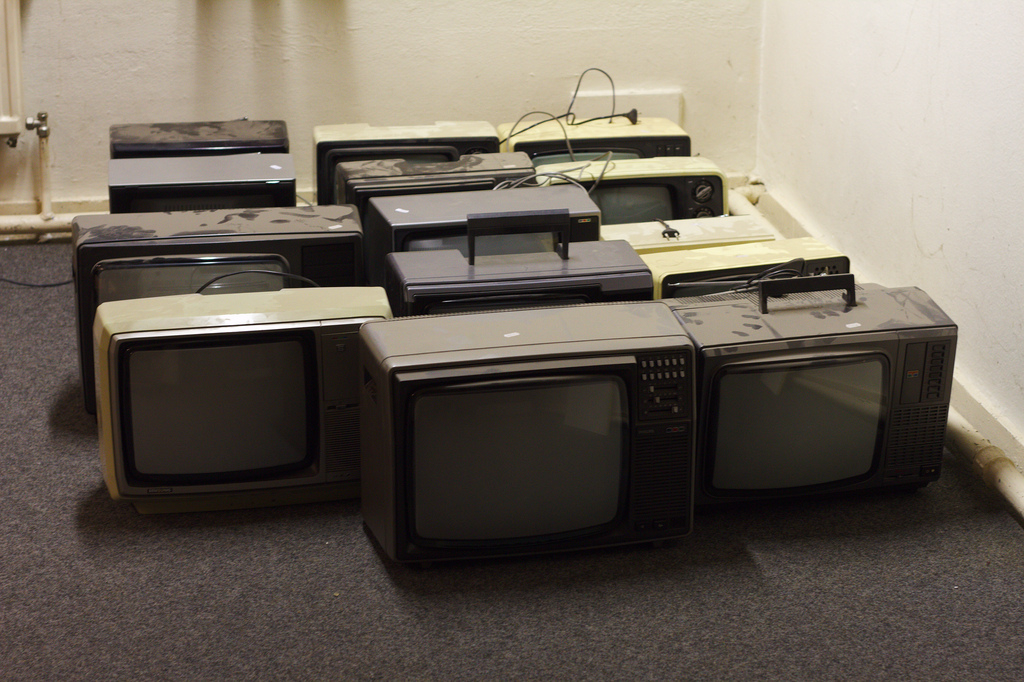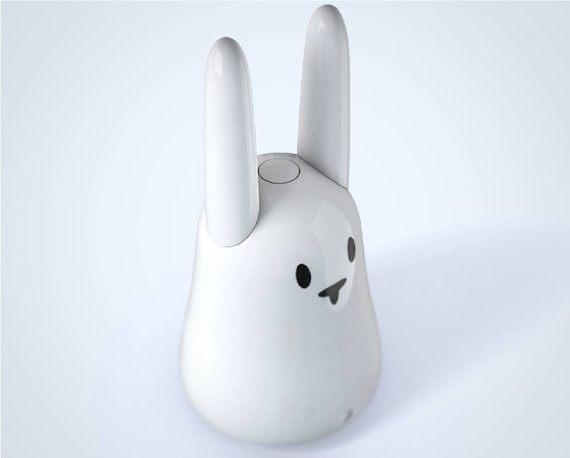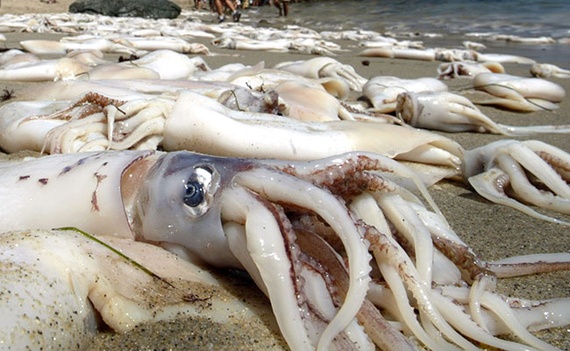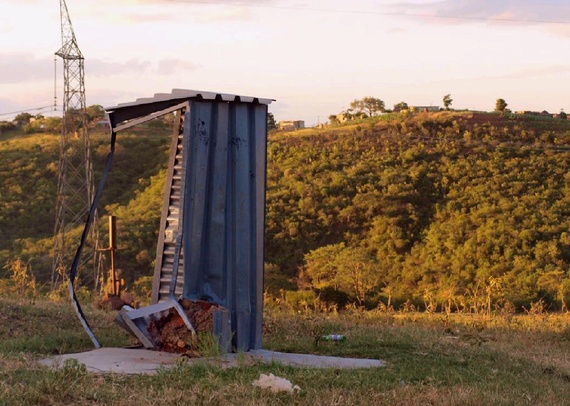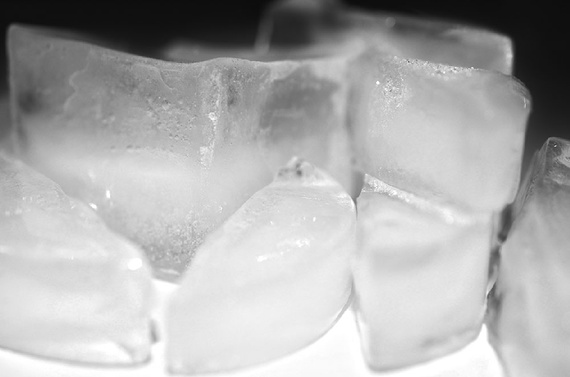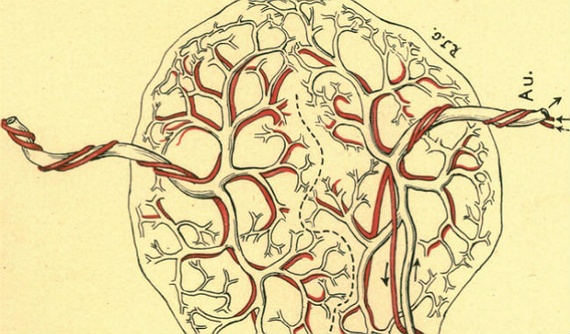
The Beautiful, Invisible Game
Goal-line technology threatens to have deeper effects on the game for spectators, particularly when experienced as a televised sport. Goal-line technology risks presenting football as a game with a ball fetish. It christens the ball as central object of the game, the thing that matters more than anything else. This attitude makes sense in an era of individual stars (Messi, Ronaldo, Neymar) and televised spectacle, where the game is mediated through cameras that zoom on the player with the ball as he advances, dribbles, and scores. But that is the wrong way to understand football.




